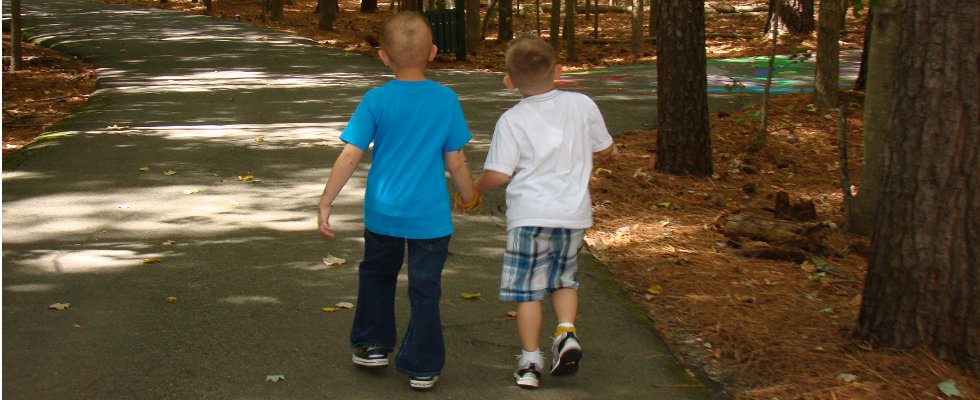Childhood Cancer

- Cancerous brain and spinal cord tumors are the second most common cancers (after leukemia) affecting children. They make up about 21 percent of all cancerous childhood tumors. 1
- In the US, over 12,000 children under the age of 21 are diagnosed with cancer every year. Approximately 25% of them will not survive the disease. 2
- Over the past 20 years, the incidence of children diagnosed with all forms of invasive cancer has increased from 11.5 cases per 100,000 children in 1975 to 14.8 per 100,000 children in 2004. 3
- The causes of childhood cancers are largely unknown. A few conditions, such as Down Syndrome, other specific chromosomal and genetic abnormalities, and ionizing radiation exposures, explain a small percentage of cases. 3
- Although survival rates have increased, 1 in 5 children still loses his or her battle to cancer, and 3 in 5 children who survive experience long-term side effects. 4
- In recent years, the amount of funding for childhood cancer clinical research from the federal government has been declining. In response to the most recent cutbacks, the National Cancer Institute has decreased funding which especially impacts childhood cancer research. As a result, the Children’s Oncology Group (COG), the world’s pre-eminent childhood cancer research organization, has been forced to put 20 new studies on hold and decrease enrollment in new clinical trials by more than 400 children. 5
- The average age of children diagnosed is 6; more than 40,000 children undergo treatment for cancer each year. 6
- “Statistics About Brain Tumors“, accessed on 18 April 2012.
- “Childhood Cancer Awareness Month”, accessed on 18 April 2012.
- “Childhood Cancers”, accessed on 18 April 2012.
- “Supporting Research Beyond Clinical Trials”, accessed on 19 April 2012.
- “Budget Cuts May Hurt Children with Cancer”, accessed on 19 April 2012.
- Children’s Oncology Group, “Family Handbook”, accessed 19 April 2012.

